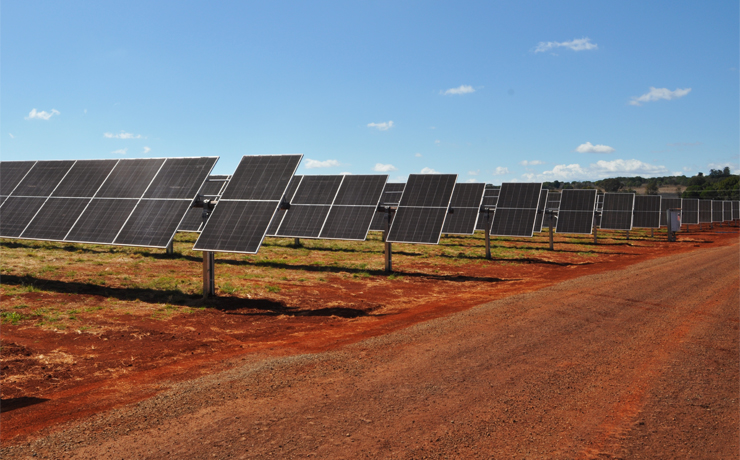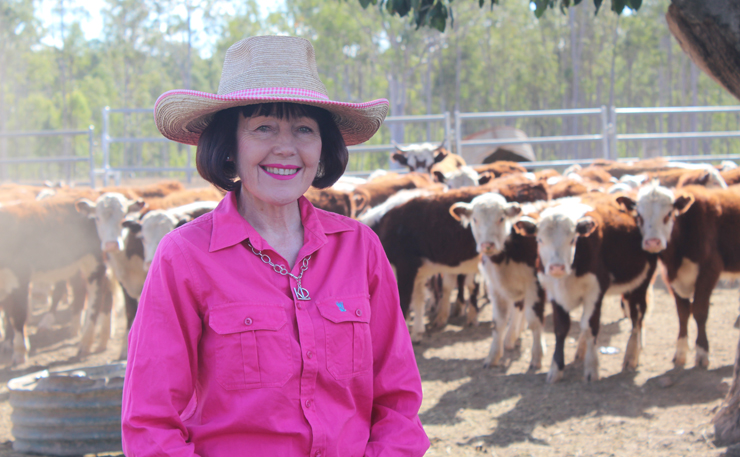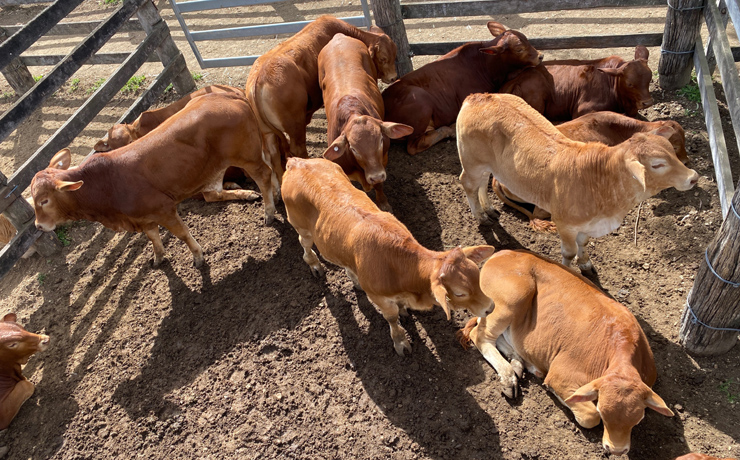
March 3, 2023
An El Niño event could develop in the coming months after three consecutive years of an unusually stubborn and protracted La Niña, according to the World Meteorological Organisation (WMO).
However, both the WMO and the Australian Bureau of Meteorology are cautious about the prediction.
The current La Niña, associated with above-average rainfall in south-east Asia and Australasia, began in September 2020 and is currently weakening.
El Niño events, in contrast, are often associated with low rainfall or drought in Australia.
The WMO said a return of El Niño would be proceeded by a period of ENSO-neutral conditions (90 per cent probability) during March-May, ie. neither El Niño nor La Niña.
The likelihood of neutral conditions continuing beyond May dropped slightly but remained high (80 per cent in April-June and 60 per cent in May-July), based on the model predictions.
The chances of an El Niño developing, while low in the first half of the year (15 per cent in April-June), gradually rose to 35 per cent in May-July.
However, long-lead forecasts for June-August indicated a much higher chance (55 per cent) of El Niño developing. But the WMO warned these forecasts were uncertain.
BOM is also cautious about an El Niño developing.
“All but one of the surveyed international climate models suggest sea surface temperatures in the tropical Pacific will remain neutral through autumn; one model is neutral in March and April but touches on El Niño thresholds in May,” an update issued on February 28 stated.
“ENSO outlooks extending beyond autumn should be viewed with caution as models typically have lower forecast accuracy at this time of year.”

























